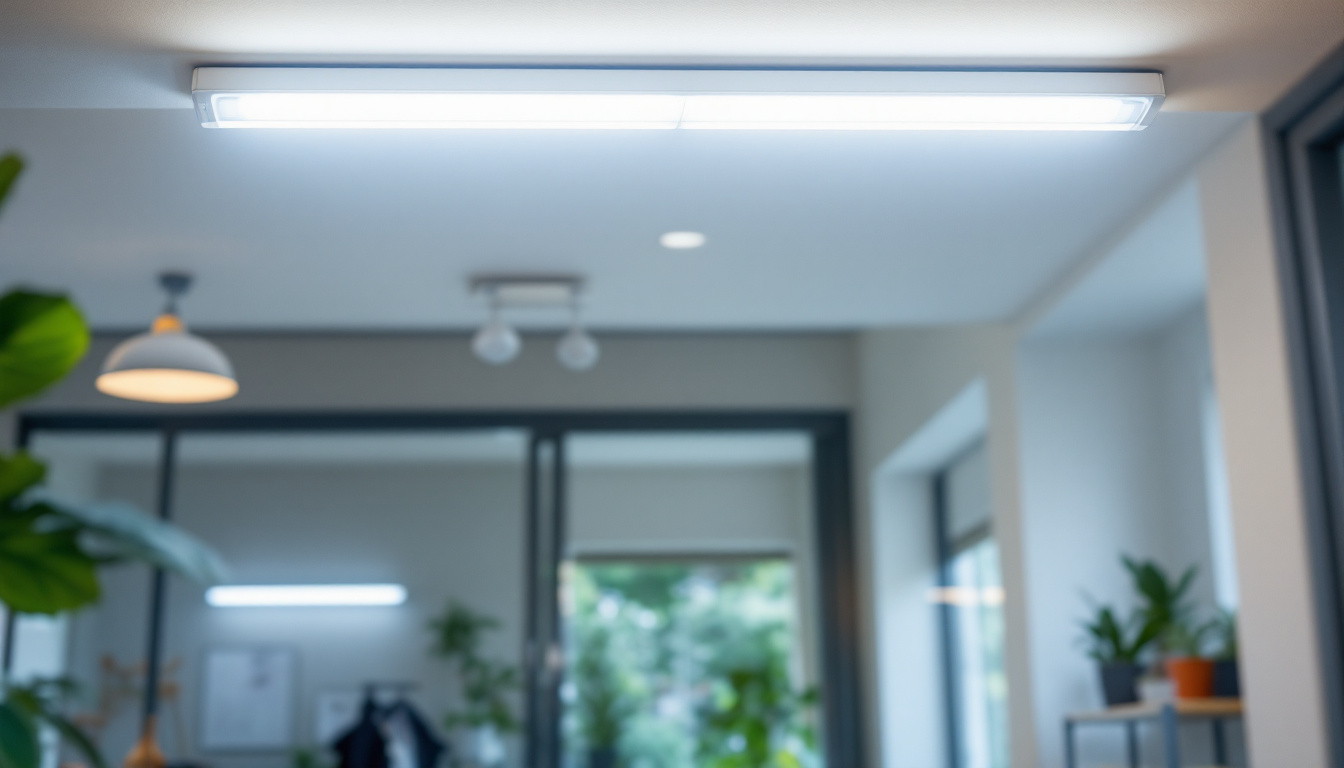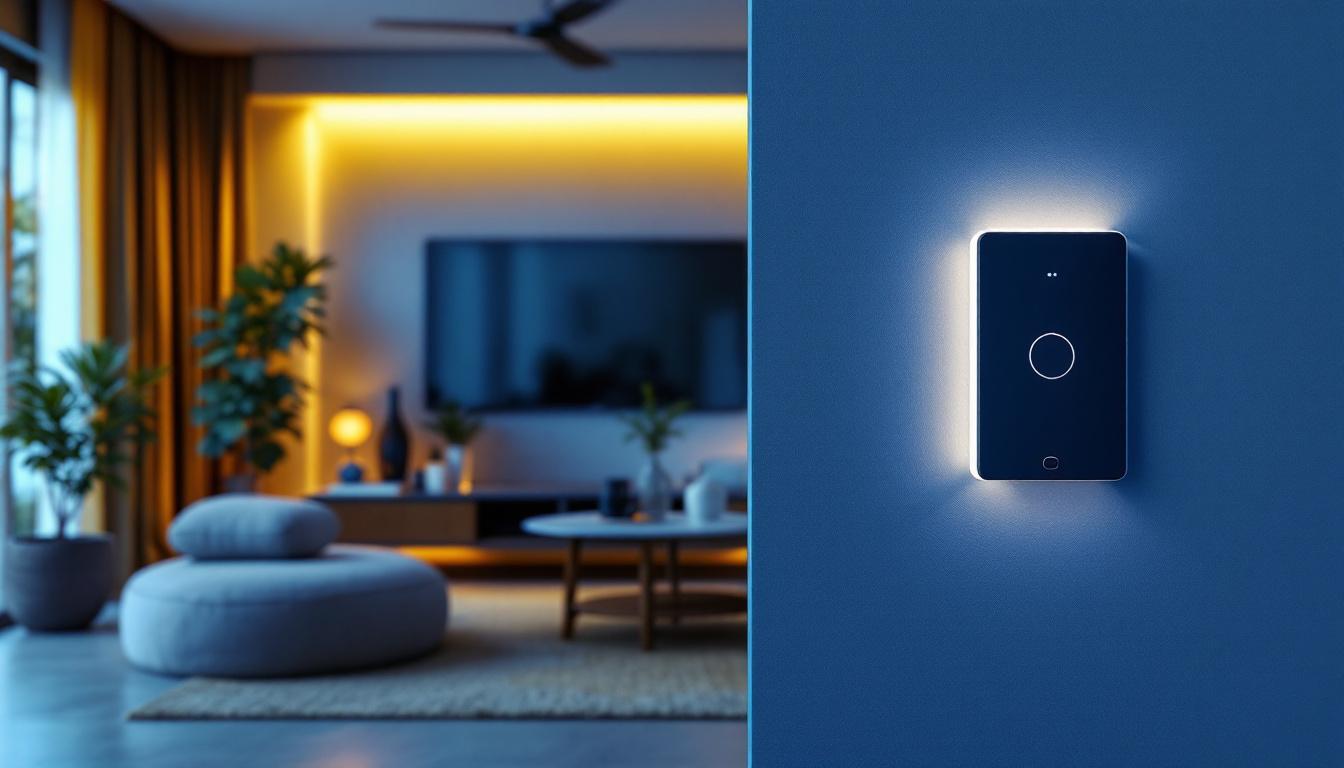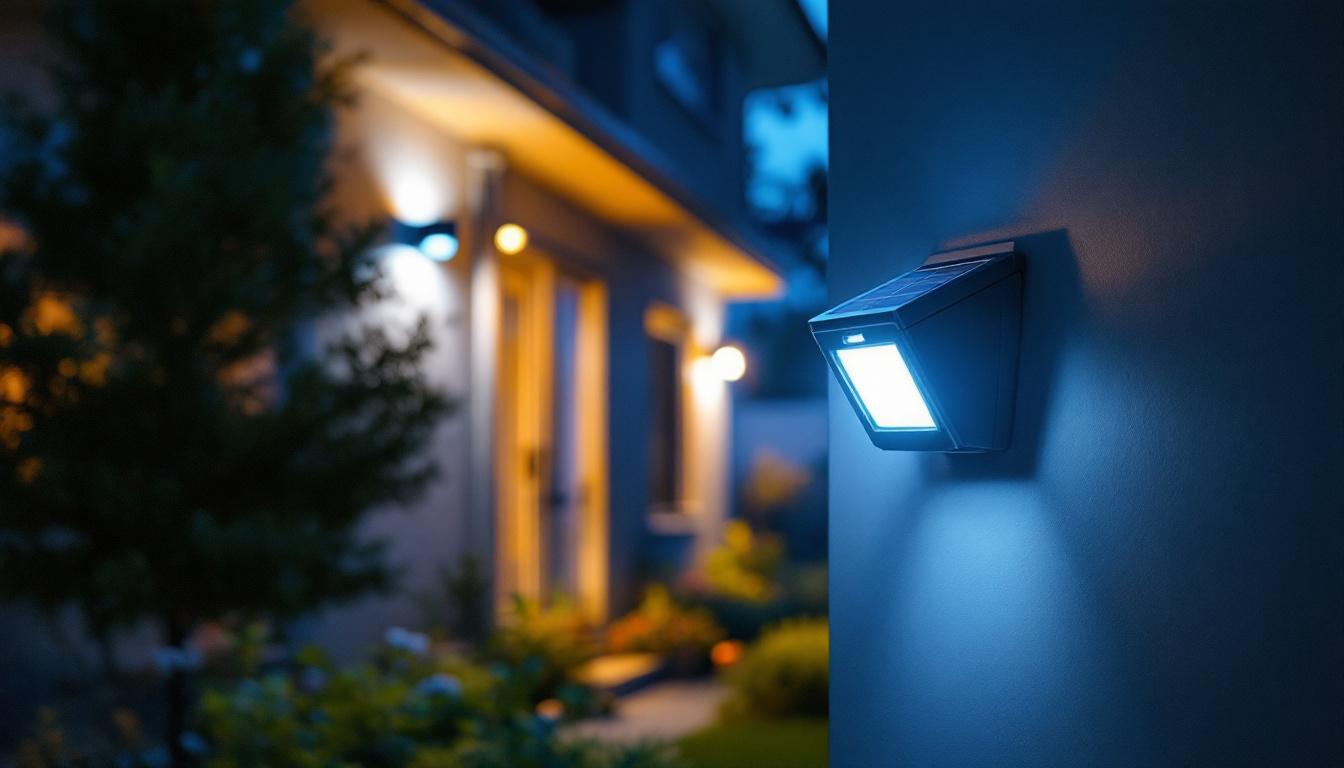
Fluorescent lighting has long been a staple in commercial and industrial environments due to its efficiency and effectiveness. Among the various types of fluorescent fixtures, the 4′ fluorescent two bulb fixture stands out for its versatility and widespread application. This guide aims to provide lighting contractors with essential insights into these fixtures, covering their design, installation, and maintenance.
4′ fluorescent two bulb fixtures are designed to accommodate two fluorescent tubes, typically measuring 4 feet in length. These fixtures are commonly used in offices, warehouses, retail spaces, and educational institutions. Their design allows for even light distribution, making them ideal for areas requiring consistent illumination.
These fixtures often come in various designs, including surface-mounted, recessed, and pendant styles. Surface-mounted fixtures are ideal for spaces with exposed ceilings, while recessed fixtures provide a clean, unobtrusive look, blending seamlessly into the ceiling. Pendant fixtures, on the other hand, offer a modern aesthetic while providing ample lighting.
Additionally, the housing of these fixtures is usually constructed from durable materials, such as steel or aluminum, ensuring longevity and resistance to wear and tear. Many fixtures also feature reflective surfaces that enhance light output, maximizing energy efficiency. Some models even include adjustable mounting options, allowing users to customize the height and angle of the light to suit specific tasks or areas, thereby enhancing functionality and user comfort.
When selecting a 4′ fluorescent two bulb fixture, it’s crucial to consider the type of fluorescent tubes used. Common options include T8 and T12 tubes. T8 tubes are more energy-efficient and have a longer lifespan compared to T12 tubes, making them a popular choice among contractors aiming to reduce energy costs for their clients.
Moreover, advancements in fluorescent technology have led to the development of high-output (HO) and very high-output (VHO) tubes, which provide increased brightness for applications requiring higher illumination levels. These high-output tubes are particularly beneficial in environments such as manufacturing facilities or large retail spaces, where visibility is paramount. Additionally, the color temperature of the tubes can vary, with options ranging from warm white to cool daylight, allowing users to select the ambiance that best suits their space and enhances productivity.
Proper installation of 4′ fluorescent two bulb fixtures is essential for optimal performance and safety. Contractors should be familiar with local electrical codes and regulations to ensure compliance during the installation process.
Before installation, it is vital to assess the electrical requirements of the fixture. Most 4′ fluorescent two bulb fixtures operate on a standard 120V or 277V electrical supply. Contractors should ensure that the existing wiring meets these requirements and that the circuit can handle the load of the fixtures.
Additionally, proper grounding is crucial to prevent electrical hazards. Contractors should verify that all connections are secure and that the fixture is properly grounded before powering it on. It is also advisable to use a circuit tester to confirm that the voltage is correct and that there are no short circuits present. This precaution not only enhances safety but also prolongs the lifespan of the fixtures, ensuring that they operate efficiently without unexpected interruptions.
Depending on the chosen fixture style, contractors will need to determine the best mounting method. Surface-mounted fixtures typically require brackets for installation, while recessed fixtures will need to be fitted into the ceiling cutout. For pendant fixtures, contractors should ensure that the mounting hardware is securely anchored to support the weight of the fixture.
It is also essential to consider the height at which the fixtures will be installed. The recommended mounting height can vary based on the application and the desired light distribution. For example, in warehouses, fixtures may be mounted higher to cover larger areas, while in offices, a lower mounting height may be preferred for focused lighting. Furthermore, the type of activity in the space should guide the installation height; areas requiring detailed work may benefit from lower fixtures to reduce shadows and enhance visibility. Contractors should also take into account any potential obstructions, such as beams or ducts, that might interfere with light distribution or installation ease.
Regular maintenance is key to ensuring the longevity and efficiency of 4′ fluorescent two bulb fixtures. Lighting contractors should advise clients on best practices for maintaining these fixtures to minimize downtime and replacement costs.
Contractors should recommend routine inspections of the fixtures to check for signs of wear, such as flickering lights or discoloration of the tubes. Regularly replacing bulbs before they burn out can help maintain consistent lighting levels and prevent unexpected outages.
Additionally, cleaning the fixtures and the surrounding area can enhance light output. Dust and debris can accumulate on the fixture and the bulbs, reducing their efficiency. A simple cleaning routine can significantly improve lighting performance. It is advisable to use a soft, damp cloth to wipe the fixtures, as harsh chemicals or abrasive materials can damage the surface and affect the light’s quality. Furthermore, ensuring that the area around the fixtures is free from obstructions will allow for optimal light distribution, creating a well-lit environment that is both functional and aesthetically pleasing.
In the event of lighting issues, contractors should be prepared to troubleshoot common problems. Flickering lights may indicate a faulty ballast or a loose connection. In such cases, checking the ballast and ensuring all wiring is secure can often resolve the issue.
If a bulb burns out prematurely, it may be due to a poor electrical connection or an incompatible ballast. Contractors should ensure that the correct ballast type is used for the specific fluorescent tubes installed in the fixture. Additionally, it is beneficial to educate clients about the signs of electrical issues, such as buzzing sounds or unusual heat emanating from the fixture. These indicators can help in addressing potential problems before they escalate, ensuring a safer and more efficient lighting system. Keeping a log of maintenance activities and issues encountered can also aid in identifying patterns over time, allowing for proactive measures to be taken to prevent future complications.
With growing awareness of energy consumption and environmental impact, energy efficiency has become a significant consideration for lighting contractors. 4′ fluorescent two bulb fixtures can be an excellent choice for those looking to reduce energy costs while maintaining effective lighting.
Fluorescent lighting is inherently more energy-efficient than traditional incandescent bulbs. By utilizing T8 tubes and electronic ballasts, contractors can help clients achieve significant energy savings. These fixtures consume less power while providing the same or greater light output, making them an attractive option for energy-conscious businesses.
Moreover, many fluorescent tubes are now available in eco-friendly options, such as those containing less mercury. This shift towards more sustainable products aligns with the growing demand for environmentally responsible lighting solutions. In addition to energy savings, businesses can also benefit from reduced cooling costs, as fluorescent lights emit less heat compared to incandescent bulbs. This can lead to a more comfortable working environment and lower air conditioning expenses, further enhancing the overall cost-effectiveness of switching to fluorescent lighting.
Proper disposal of fluorescent tubes is crucial due to the presence of hazardous materials, such as mercury. Contractors should educate clients on the importance of recycling old tubes and provide information on local recycling programs. Many communities offer designated drop-off locations for fluorescent bulbs, ensuring they are disposed of safely and responsibly.
By promoting recycling practices, contractors can contribute to a more sustainable future while also enhancing their reputation as environmentally conscious professionals. Additionally, some manufacturers have initiated take-back programs that allow businesses to return used bulbs for proper recycling. This not only simplifies the disposal process for clients but also encourages a circular economy, where materials are reused and repurposed rather than ending up in landfills. As the industry continues to evolve, staying informed about the latest recycling initiatives can position contractors as leaders in sustainable practices, attracting clients who prioritize environmental stewardship.
4′ fluorescent two bulb fixtures remain a popular choice for various applications, thanks to their efficiency, versatility, and effectiveness. Lighting contractors play a vital role in guiding clients through the selection, installation, and maintenance processes, ensuring optimal performance and longevity of these fixtures.
By understanding the design features, installation considerations, and maintenance requirements, contractors can provide valuable insights to their clients, helping them make informed decisions. Furthermore, by emphasizing energy efficiency and sustainability, contractors can position themselves as leaders in the lighting industry while contributing to a greener future.
As the demand for efficient lighting solutions continues to grow, staying informed about the latest advancements and best practices in fluorescent lighting will be essential for contractors looking to thrive in this competitive market.
Ready to elevate your lighting projects with fixtures that promise efficiency, versatility, and top-notch performance? Look no further than LumenWholesale, where we specialize in providing contractors with the highest quality, spec-grade lighting products at unbeatable wholesale prices. Say goodbye to local distributor markups and hello to our extensive selection that meets rigorous industry standards. Plus, with free shipping on bulk orders, you can trust that you’re getting premium lighting solutions at the best value — without any hidden fees or compromises. Don’t miss out on the perfect blend of quality, affordability, and convenience. Visit LumenWholesale today for Wholesale Lighting at the Best Value and light up your next project with confidence.

Discover the transformative power of LED dimmer switches with remote control in enhancing your lighting designs.

Discover why solar outdoor motion detector lights are revolutionizing the lighting industry and why it’s crucial for every lighting contractor to stay informed.

Discover how King Innovation is revolutionizing lighting projects for contractors with cutting-edge solutions.

Discover how under cabinet tape lights can revolutionize your lighting projects by saving time and reducing costs.